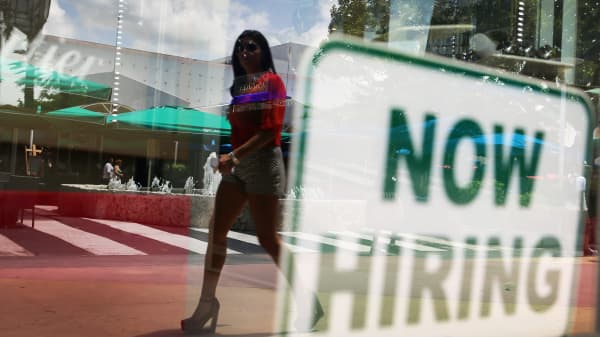The national unemployment rate rose slightly to 4.8 percent in January, the Labor Department announced Friday. But relying on that one headline number as an indicator of the economy overall ignores important information just below the surface.
Each month on "Jobs Friday," the Bureau of Labor Statistics puts out a treasure trove of economic data, each of which provides its own perspective on the labor market and the employment situation. Economists look past the official unemployment rate — that 4.8 percent figure, also known as the "U-3" — to other metrics that give their own view of jobs in the country.
One of those figures is called the U-6 rate, which has a broader definition of unemployment than does the U-3. In January, that number ticked up from 9.2 percent to 9.4 percent.




